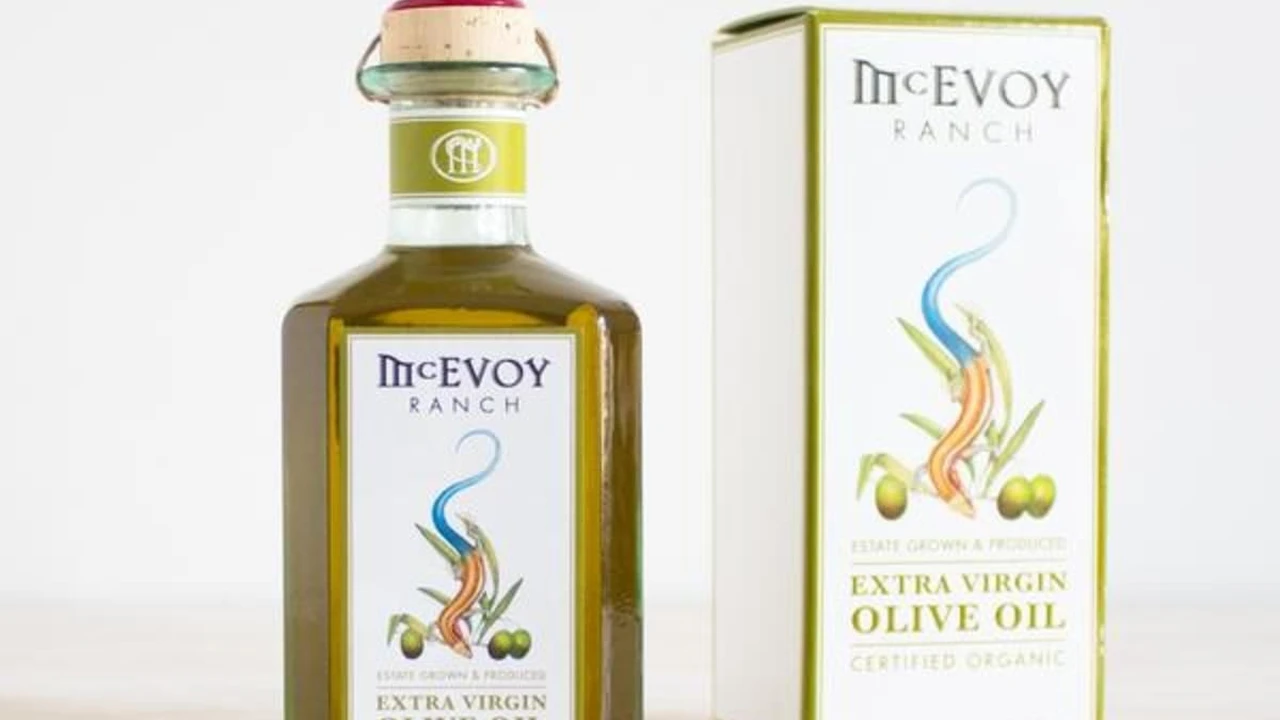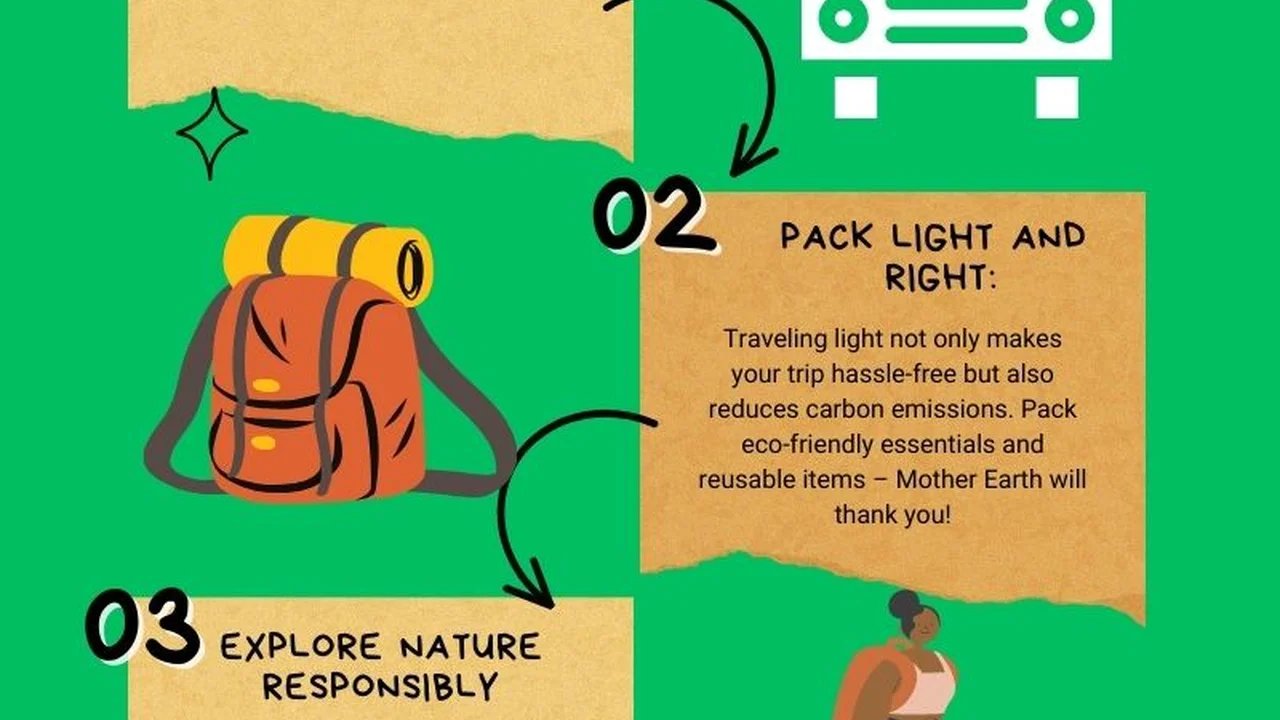Comparing 3 Sustainable Olive Oil Brands for Culinary Delights
{ "article": [ { "title": "The 8 Best Sustainable Protein Sources for a Balanced Diet", "meta_description": "Explore the 8 best sustainable protein sources that are good for your body and the planet. Fuel yourself responsibly.", "content": "Explore the 8 best sustainable protein sources that are good for your body and the planet. Fuel yourself responsibly.\n\n

\n\n
Understanding Sustainable Protein What Makes a Protein Source Sustainable
\n\nHey there, conscious eaters! Ever wondered how your protein choices impact not just your body, but also our amazing planet? It's a big question, and one that's becoming more and more important. When we talk about 'sustainable protein,' we're looking at a few key things: how much land and water it takes to produce, its carbon footprint, and how it affects biodiversity. Basically, we want protein that's good for us without trashing the Earth. This isn't just about being 'eco-friendly' – it's about making smart choices that support a healthier future for everyone. From reducing greenhouse gas emissions to conserving precious resources, sustainable protein is a win-win. So, let's dive into some fantastic options that let you fuel up responsibly.\n\nPlant-Based Powerhouses Top Vegan Protein Sources
\n\nAlright, let's kick things off with the undisputed champions of sustainable protein: plants! These guys are not only packed with essential nutrients but also have a significantly lower environmental impact compared to animal-based proteins. Plus, they're super versatile and can be incorporated into countless delicious dishes.\n\nLentils and Legumes Your Go-To for Affordable and Nutritious Protein
\n\nLentils, chickpeas, black beans, kidney beans – the legume family is a true powerhouse. They're incredibly affordable, widely available, and loaded with protein, fiber, and essential minerals. What makes them so sustainable? They're nitrogen-fixers, meaning they naturally enrich the soil, reducing the need for synthetic fertilizers. This is a huge win for soil health and reduces agricultural runoff.\n\nProduct Recommendation:
\n- \n
- Brand: Bob's Red Mill Green Lentils \n
- Use Case: Perfect for hearty stews, curries, or even as a base for veggie burgers. They cook relatively quickly and absorb flavors beautifully. \n
- Comparison: Compared to red lentils, green lentils hold their shape better, making them ideal for salads or dishes where you want a bit more texture. Black beans offer a slightly different flavor profile and are fantastic in Mexican-inspired dishes. \n
- Price: Around $3-5 for a 16oz bag, making them incredibly cost-effective. \n
Tofu and Tempeh Fermented Soy for Maximum Protein Absorption
\n\nDerived from soybeans, tofu and tempeh are fantastic protein sources, especially for those looking for meat alternatives. Tempeh, being fermented, often has a higher protein content and a firmer texture than tofu, plus it's great for gut health. While soy production has faced some criticism regarding deforestation, choosing organic and non-GMO varieties from reputable sources can mitigate these concerns. Look for brands that explicitly state their commitment to sustainable sourcing.\n\nProduct Recommendation:
\n- \n
- Brand: Lightlife Organic Tempeh \n
- Use Case: Slice it, marinate it, and pan-fry or bake it for sandwiches, stir-fries, or even 'bacon' bits. Its nutty flavor is a great addition to many dishes. \n
- Comparison: Firm or extra-firm tofu is more versatile for scrambling or blending into sauces, while tempeh offers a chewier, more substantial bite. \n
- Price: Approximately $3-4 per 8oz block. \n
Quinoa The Complete Protein Grain for All Meals
\n\nOften mistaken for a grain, quinoa is actually a seed, and it's a complete protein, meaning it contains all nine essential amino acids your body needs. It's also gluten-free and rich in fiber. Quinoa is relatively drought-resistant, making it a more sustainable crop in many regions compared to water-intensive grains like rice.\n\nProduct Recommendation:
\n- \n
- Brand: Ancient Harvest Organic Quinoa \n
- Use Case: A fantastic base for salads, a side dish, or even a breakfast porridge. It cooks quickly and has a slightly nutty flavor. \n
- Comparison: Brown rice is also a good whole grain, but quinoa offers a complete protein profile, which is a significant advantage for plant-based diets. \n
- Price: Around $7-10 for a 12oz bag. \n
Nuts and Seeds Small But Mighty Protein Powerhouses
\n\nAlmonds, walnuts, chia seeds, flax seeds, hemp seeds – these tiny powerhouses are not just great for healthy fats but also pack a significant protein punch. They're excellent for snacking, adding to smoothies, or sprinkling over salads. Their sustainability varies depending on the type and where they're grown (e.g., almonds can be water-intensive), so diversification is key.\n\nProduct Recommendation:
\n- \n
- Brand: Navitas Organics Hemp Seeds \n
- Use Case: Sprinkle over oatmeal, yogurt, salads, or blend into smoothies for an easy protein boost. They have a mild, nutty flavor. \n
- Comparison: Chia seeds are great for thickening and offer omega-3s, while almonds provide a satisfying crunch. Hemp seeds are particularly high in easily digestible protein. \n
- Price: Approximately $10-15 for an 8oz bag. \n
Sustainable Animal Proteins Making Responsible Choices
\n\nWhile plant-based proteins are generally the most sustainable, some animal proteins can be part of a balanced, conscious diet if sourced responsibly. It's all about choosing quality over quantity and understanding the production methods.\n\nPasture-Raised Eggs The Ethical and Nutritious Choice
\n\nEggs from pasture-raised chickens are a fantastic source of complete protein. These chickens roam freely, forage for natural food, and are generally healthier, leading to more nutritious eggs. This method also supports healthier ecosystems and animal welfare, making it a more sustainable option than factory-farmed eggs.\n\nProduct Recommendation:
\n- \n
- Brand: Vital Farms Pasture-Raised Eggs \n
- Use Case: Perfect for breakfast scrambles, omelets, baking, or simply hard-boiled for a quick snack. \n
- Comparison: Free-range and cage-free are steps up from conventional, but pasture-raised offers the highest welfare standards and often superior nutritional content. \n
- Price: Around $6-8 per dozen, a bit pricier but worth it for the ethical and nutritional benefits. \n
Wild-Caught Sustainable Fish Seafood with a Conscience
\n\nFish can be a great source of lean protein and omega-3 fatty acids, but overfishing is a major environmental concern. Choosing wild-caught fish from sustainable fisheries is crucial. Look for certifications like the Marine Stewardship Council (MSC) label, which indicates that the fish was caught using methods that don't deplete fish populations or harm marine ecosystems.\n\nProduct Recommendation:
\n- \n
- Brand: Safe Catch Wild Pink Salmon (canned) \n
- Use Case: Great for quick salads, sandwiches, or adding to pasta dishes. It's a convenient way to get sustainable fish. \n
- Comparison: Fresh wild-caught salmon is excellent, but canned options offer convenience and a longer shelf life. Avoid farmed salmon unless it's explicitly certified as sustainable, as many practices can be detrimental to the environment. \n
- Price: Approximately $4-6 per can. \n
Grass-Fed and Grass-Finished Beef A More Sustainable Red Meat Option
\n\nIf red meat is part of your diet, opting for grass-fed and grass-finished beef is a more sustainable choice than conventionally raised beef. These animals are raised on pastures, which can help sequester carbon in the soil and reduce the need for resource-intensive feed crops. While still having a higher environmental footprint than plant-based options, it's a step in the right direction for those who consume meat.\n\nProduct Recommendation:
\n- \n
- Brand: ButcherBox (subscription service for grass-fed beef) \n
- Use Case: Versatile for grilling, roasting, or making ground beef dishes like tacos or chili. \n
- Comparison: 'Grass-fed' can sometimes mean the animals were finished on grain. 'Grass-finished' ensures they were on pasture their entire lives, which is generally better for both the animal and the environment. \n
- Price: Varies significantly depending on cuts and quantity, but generally higher than conventional beef (e.g., $8-15+ per pound). \n
Emerging Sustainable Proteins The Future of Food
\n\nBeyond the traditional, there are some exciting new players entering the sustainable protein scene, pushing the boundaries of what's possible.\n\nAlgae and Spirulina Microalgae for Macro Nutrition
\n\nThese microscopic powerhouses are packed with protein, vitamins, and minerals. Algae cultivation requires minimal land and water, and some types can even be grown in wastewater, making them incredibly resource-efficient. They're often found in powder form and can be added to smoothies or supplements.\n\nProduct Recommendation:
\n- \n
- Brand: NOW Foods Certified Organic Spirulina Powder \n
- Use Case: Mix into smoothies, juices, or even energy balls for a nutrient-dense boost. \n
- Comparison: Chlorella is another popular microalgae, often used for detoxification. Spirulina is generally higher in protein. \n
- Price: Around $15-25 for an 8oz bag. \n
:max_bytes(150000):strip_icc()/277019-baked-pork-chops-with-cream-of-mushroom-soup-DDMFS-beauty-4x3-BG-7505-5762b731cf30447d9cbbbbbf387beafa.jpg)






